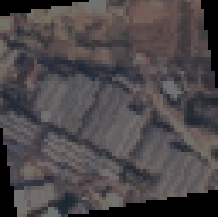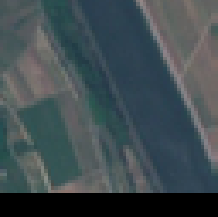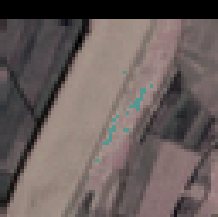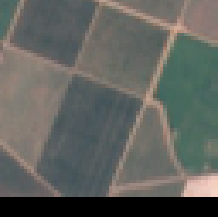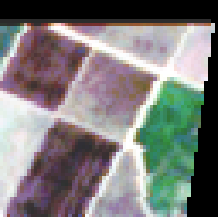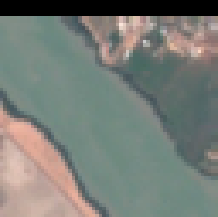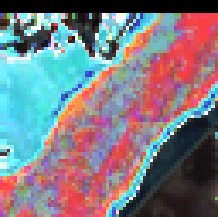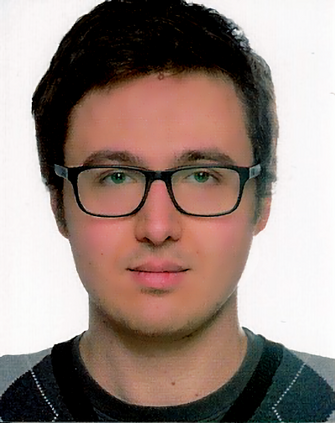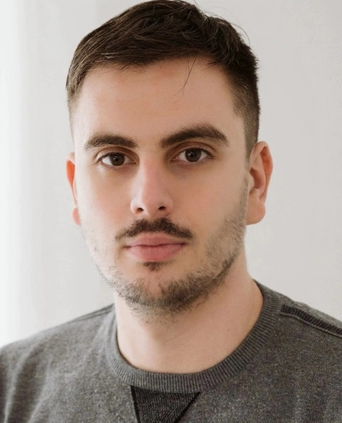Supervised learning techniques are at the center of many tasks in remote sensing. Unfortunately, these methods, especially recent deep learning methods, often require large amounts of labeled data for training. Even though satellites acquire large amounts of data, labeling the data is often tedious, expensive and requires expert knowledge. Hence, improved methods that require fewer labeled samples are needed. We present MSMatch, the first semi-supervised learning approach competitive with supervised methods on scene classification on the EuroSAT benchmark dataset. We test both RGB and multispectral images and perform various ablation studies to identify the critical parts of the model. The trained neural network achieves state-of-the-art results on EuroSAT with an accuracy that is between 1.98% and 19.76% better than previous methods depending on the number of labeled training examples. With just five labeled examples per class we reach 94.53% and 95.86% accuracy on the EuroSAT RGB and multispectral datasets, respectively. With 50 labels per class we reach 97.62% and 98.23% accuracy. Our results show that MSMatch is capable of greatly reducing the requirements for labeled data. It translates well to multispectral data and should enable various applications that are currently infeasible due to a lack of labeled data. We provide the source code of MSMatch online to enable easy reproduction and quick adoption.
翻译:受监督的学习技术是遥感许多任务的核心。 不幸的是,这些方法,特别是最近的深层学习方法,往往需要大量的标签数据来进行培训。即使卫星获得大量数据,但数据标签往往乏味、昂贵和需要专家知识。因此,需要改进方法,需要较少标签样本。我们提供了欧洲卫星基准数据集中第一个半监督的学习方法,在现场分类方面具有监督方法的竞争力。我们测试了RGB和多光谱图像,并进行了各种消化研究,以确定模型的关键部分。经过培训的神经网络在欧卫星卫星上取得了最先进的结果,精确度在1.98%至19.76%之间,比以往方法要好,取决于标签培训实例的数量。我们提供了欧洲卫星基准数据集和多光谱数据集分别达到94.53%和95.86%的标注例子。我们每类测试50个标签,我们达到97.62%和98.23 %的精确度。我们的结果表明,MSMatch网络能够大大降低目前对标签的光谱化数据要求。我们能够将各种数据快速转换成多级数据源。



